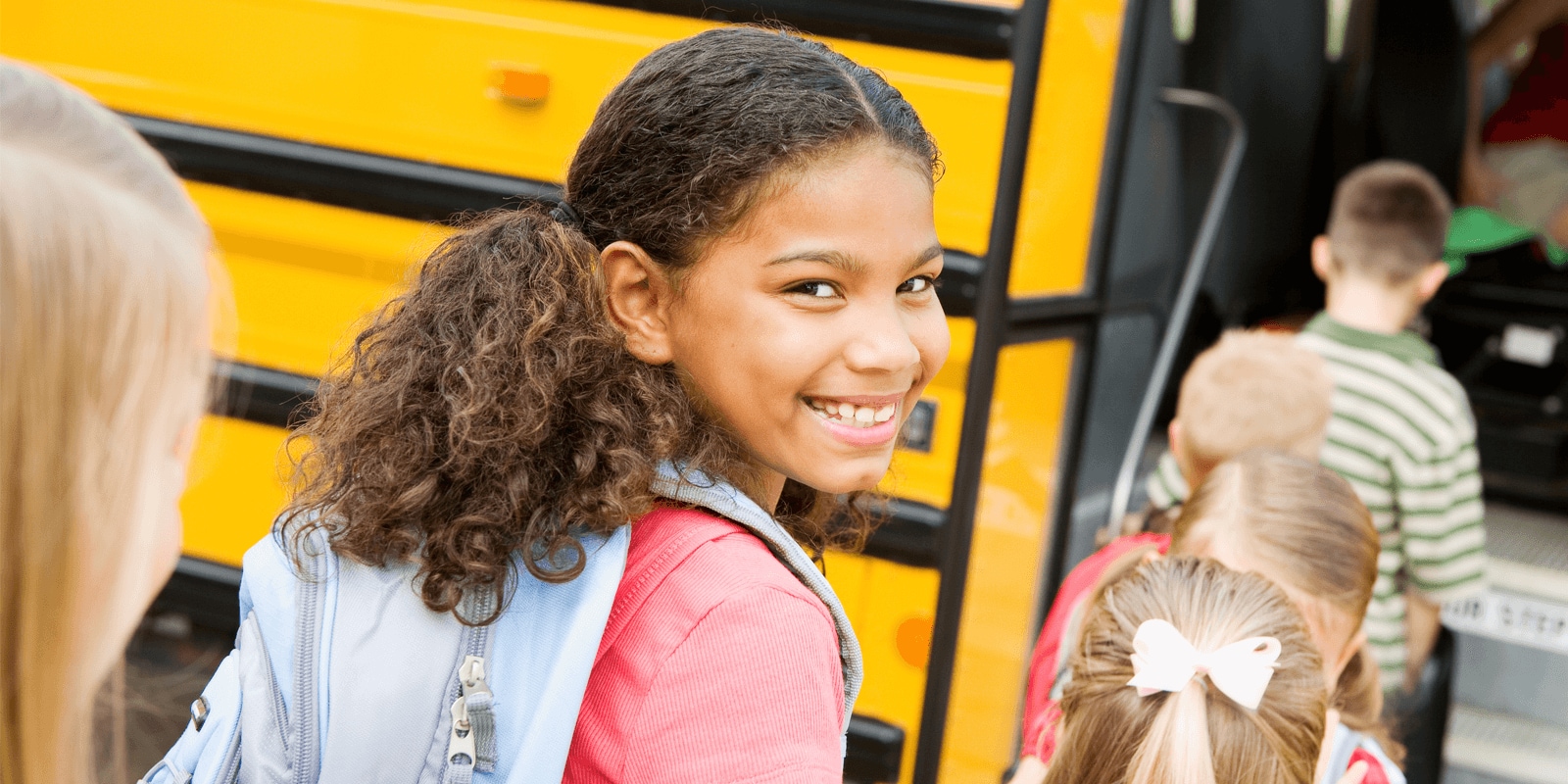How to set up students for year-round success by starting the school year with formative assessments
by

The new school year offers students and educators a fresh start, but not all students will be ready to jump into new concepts. Since learning flows from one year to the next, students who advance in grade level without mastering the previous grade’s core concepts can quickly fall behind. Summer learning loss can compound these learning gaps.
Read more





